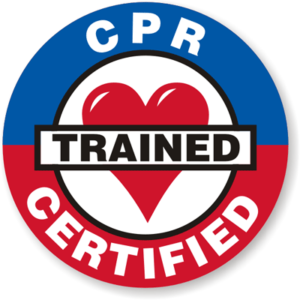
Swell Education
Surf Education > Swell Education >
A swell, in the context of an ocean, sea or lake, is a series of surface gravity waves that is not generated by the local wind. Swell waves often have a long wavelength but this varies with the size of the water body, e.g. rarely more than 150 m in the Mediterranean, and from event to event, with swells occasionally longer than 700 m away from the most severe storms. Swells have a narrower range of frequencies and directions than the wind sea, because swell waves have dispersed from their generation area and have been dissipated.
The dissipation of swell energy is much stronger for short waves, which is why swells from distant storms are only long waves. The dissipation of waves with periods larger than 13 seconds is very weak but still significant at the scale of the Pacific Ocean.These long swells lose half of their energy over a distance that varies from over 20000 km (half the distance round the globe) to just over 2000 km. This variation was found to be a systematic function of the swell steepness: the ratio of the swell height to the wavelength. The reason for this behavior is still unclear but it is possible that this dissipation is due to the friction at the air-sea interface.
Swells are often created by storms thousands of nautical miles away from the beach where they break, and the propagation of the longest swells is only limited by shorelines. This distance allows the waves comprising the swells to be better sorted and free of chop as they travel toward the coast. Waves generated by storm winds have the same speed and will group together and travel with each other, while others moving at even a fraction of a meter per second slower will lag behind, ultimately arriving many hours later due to the distance covered. In deep water it is here the acceleration of gravity. For a storm located 10000 km away, swells with a period will arrive 10 days after the storm, followed by 14 swells another 17 hours later, and so forth. This dispersive arrivals of swells, long periods first with a reduction in the peak wave period over time, can be used to tell the distance at which swells were generated.
Whereas the sea state in the storm has a frequency spectrum with more or less always the same shape the swell spectra are more and more narrow, sometimes as 2% or less, as waves disperse further and further away. The result is that wave groups (called sets by surfers) can have a large number of waves. From about seven waves per group in the storm, this rises to 20 and more in swells from very distant storms.
Since swell-generated waves are mixed with normal sea waves, they can be difficult to detect with the naked eye if they are not significantly larger than the normal waves. From a signal analysis point of view, swells can be thought of as a fairly regular wave signal existing in the midst of strong noise. If the winds are calm or are blowing off shore (winds blowing from the shore towards the ocean) it cleans up the swell and shapes it nice for surfing, with a peak and two shoulders in most cases. On shore winds (winds blowing from the ocean towards the land) make the waves messy mixing in local winds causes wind waves.
Wind waves or more precisely, wind-generated waves are surface waves that occur on the free surface of oceans, seas, lakes, rivers, and canals or even on small puddles and ponds. They usually result from the wind blowing over a vast enough stretch of fluid surface (friction). Waves in the oceans can travel thousands of miles before reaching land. Wind waves range in size from small ripples to huge waves over 50 feet high.
When directly generated and affected by local winds, a wind wave system is called a wind sea. After the wind ceases to blow, wind waves are called swells, (generated by winds into waves, then swell). More generally a swell consists of wind generated waves that are not or are hardly affected by the local wind at that time. They have been generated elsewhere or some time ago,Wind waves in the ocean are called ocean surface waves.
For surfing these waves do not have much power, they are only surface waves. Surfers like to surf swell because the swell has power and travels great distances over time. Have more questions about swell or waves, email us today.
There are two attributes used to measure open ocean waves, which is Height and Period. Wave height is the distance from a wave’s trough to its crest. The crest is the top of an unbroken wave, the trough is at the bottom of the front of the wave. Wave period is the amount of time in seconds it takes from the moment one wave crest passes a fixed point until a second wave crest passes that same point. Typically one will hear waves described like, ” It’s 5 ft @ 13 seconds”. What this means is that the average height of the largest 33% of the waves are 5 ft and that the average period time between wave crests of the most prevalent swell is 13 seconds. But waves measurements come in two flavors: Significant Seas and Swell. In general, if you have a choice between obtaining Significant Sea or Swell data, use Swell data. Significant Seas don’t exist in the real world from a surfing perspective. “Seas” are the combined sum of the heights of all waves present at the reporting station. Think of it as the average wave size. For example, it there is a 5 ft swell coming from the north, and a 3 ft swell coming from the south, it would be reported as a 6 ft sea.


